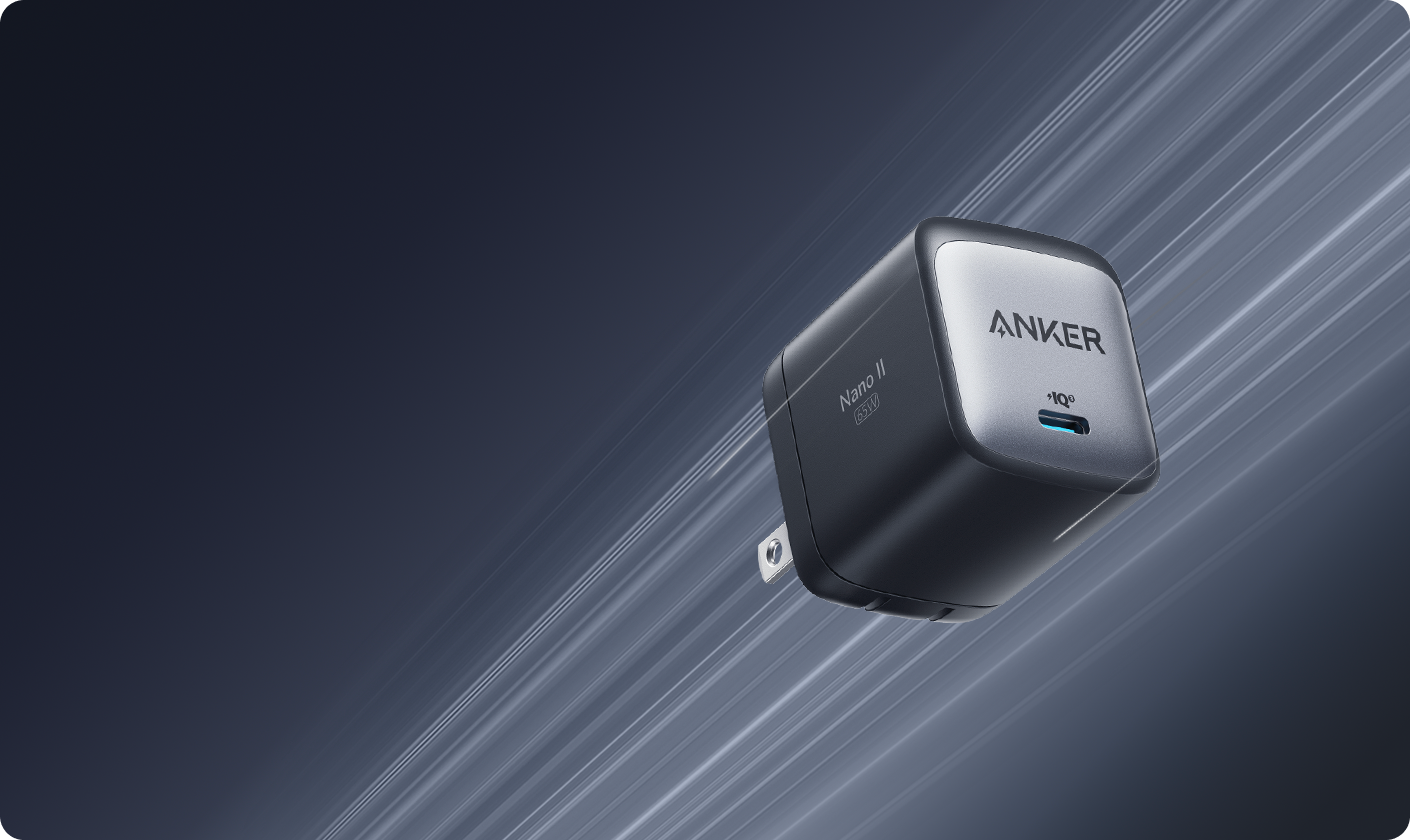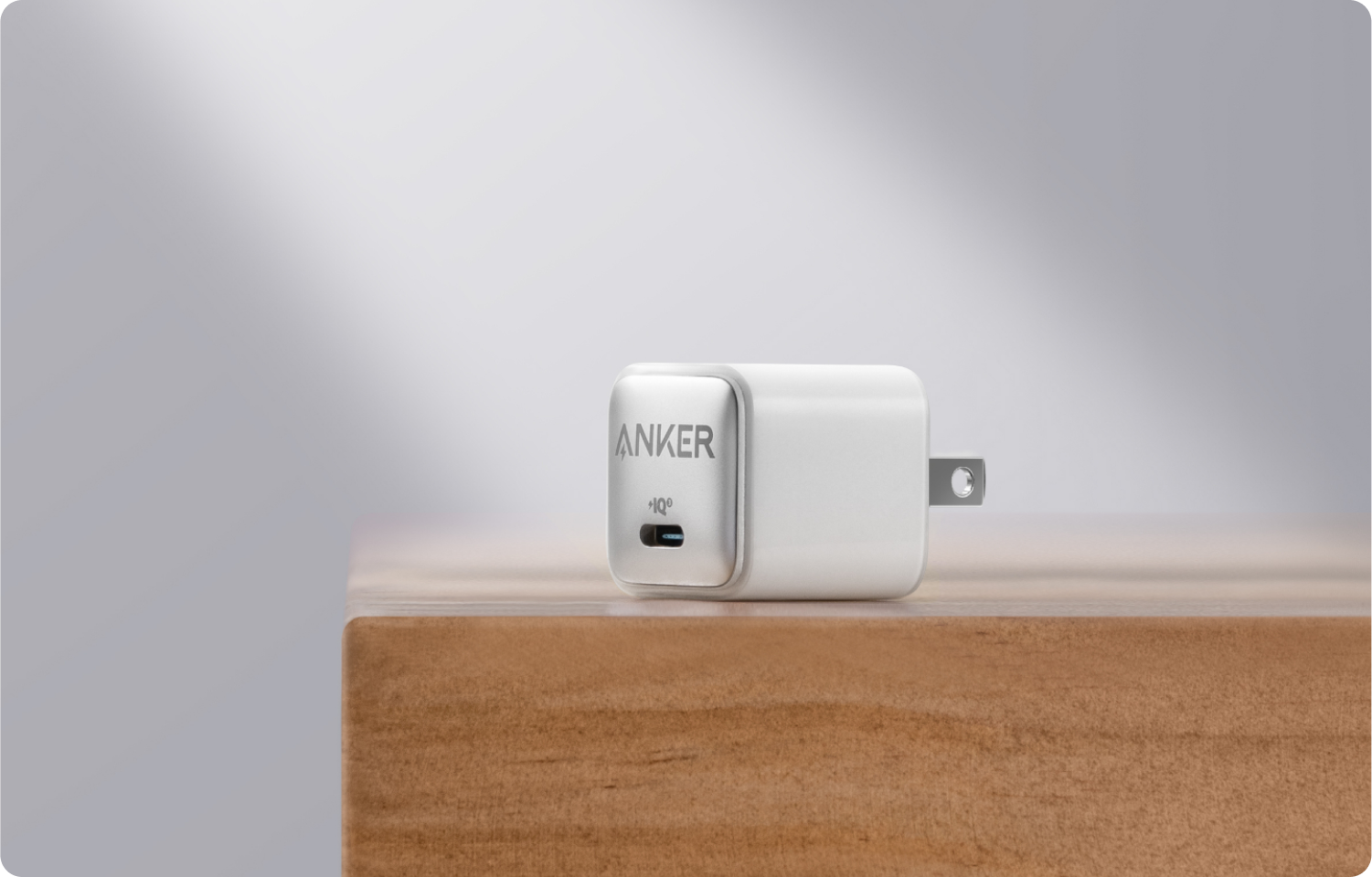Most of us don't think about all the technology that keeps our food and drinks cool, but there are a lot of things going on behind the scenes.
Most powered coolers use direct cooling or air cooling. Direct cooling is the older technology, but air-cooling technology is growing more popular for its efficiency.
Let's break down these two methods and decide which one is right for you.
Differences BetweenFrostFlow™ Coolingand Direct-Cooling Fridges
Direct Cooling: These types of fridges use natural condensation to cool. The evaporator cools by absorbing heat from the food and air through conduction. The process is straightforward, but is less efficient in maintaining uniform temperatures throughout the fridge.
FrostFlow™:
FrostFlow™ technology in Anker SOLIX EverFrost 2, takes a more active approach. With an extra fan added, the air inside the refrigerator will be disturbed, changing the internal heat exchange from natural convection to forced convection. This results in higher heat exchange efficiency, faster heat transfer, and better internal temperature uniformity.
How FrostFlow™ Technology Works:
FrostFlow™ upgrades air-cooling technology. Instead of a fan at the top of the door, Anker SOLIX EverFrost 2 Electric Cooler's fan is strategically placed in the lid.
When the compressor activates, cooling begins from EverFrost 2's surfaces. Unlike fan-less portable fridges that rely on passive heat transfer, the fan actively circulates air inside the cooler.
The circulating airflow accelerates cooling by passing over the surfaces of stored food and drinks. As the air moves along interior walls, it enhances the cold transfer from cooling surfaces to the entire interior space. The result is more efficient and faster cooling.

How FrostFlow™ Technology Benefits You
You'll notice two key benefits—faster cooling and more uniform temperatures inside the cooler:
-
Faster Cooling Speed:The active circulation of air ensures food and drinks cool down more quickly compared to direct cooling.
-
Improved Temperature Uniformity:The circulating airflow ensures temperature is consistently even throughout the fridge, preventing hotspots and ensuring all items are uniformly cooled.
-
Should You Choose Powered Coolers with Direct Cooling or Air Cooling?
This depends on your specific needs, but let's discuss the pros and cons of each solution.
Energy Consumption: When air-cooling is activated, air-cooling fridges tend to use more energy to run the fan. Direct-cooling fridges maintain a more consistent and lower energy consumption.
Performance: Air-cooling technology cools down faster and distributes cold air more evenly in the space. Direct cooling relies on natural convection; so food near the evaporator will be cold, but warm zones can occur in the furthest corners and spoil food there.
Design: Direct cooling fridges typically have a double-layer door seal to reduce cold air leakage. However, they are prone to frosting and bacterial growth, affecting both their lifespan and food safety.
Price: Air-cooling fridges are generally more expensive than their direct-cooling counterparts. We recommend watching for sales, so you can enjoy discounts and accessories to get the most out of your cooler.
With all these points considered, an air-cooling fridge is a great choice if you need to cool food and drinks fast and are concerned about freshness.
















